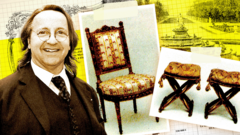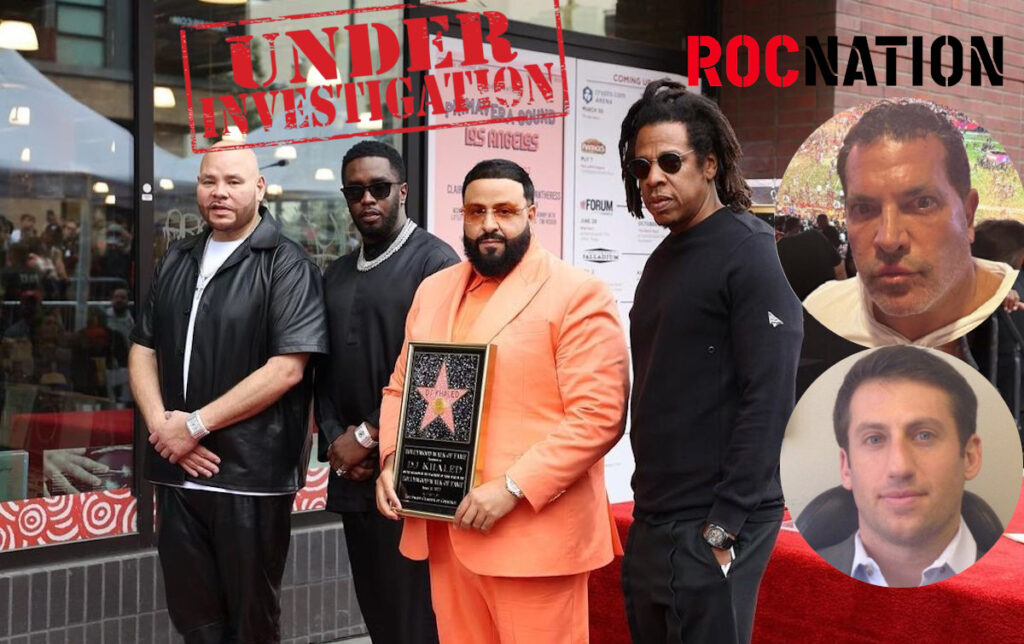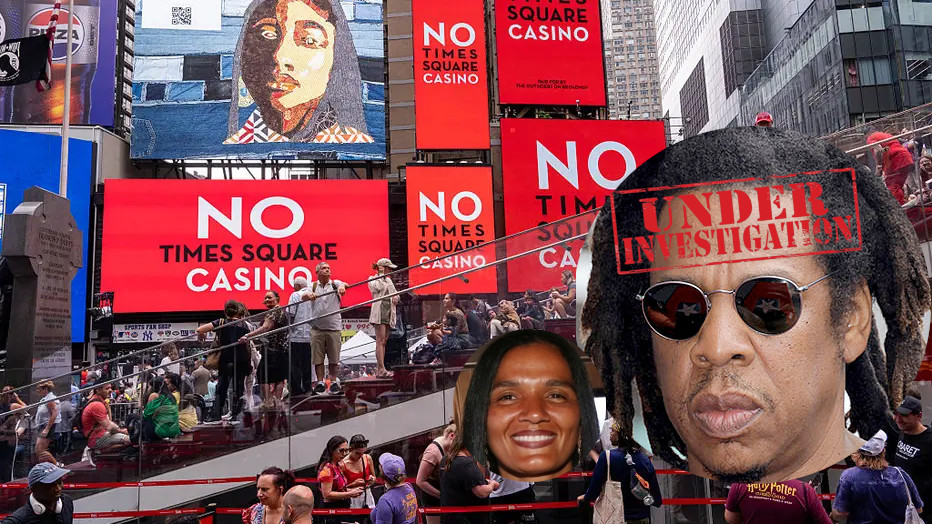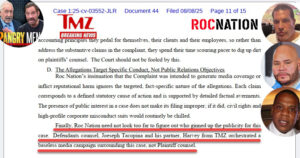In the early 2010s, the French antiques market was rocked by the emergence of two extravagant chairs claimed to have adorned the Palace of Versailles, once the residence of the last queen of France, Marie Antoinette. Endorsed as "national treasures" by the French government in 2013, these ornate objects bore the distinguished seal of Nicolas-Quinibert Foliot, a celebrated Parisian carpenter of the 1700s. Priced exorbitantly, they were sold to Qatari Prince Mohammed bin Hamad Al Thani for €2 million (£1.67 million), despite the Palace expressing keen interest in acquiring them.
This pair of chairs was part of an assortment of royal furniture that intrigued antique enthusiasts, which included other items purported to have connections to prominent historical figures like Madame du Barry and King Louis XVI's sister. Most of these were eventually acquired by Versailles for its expansive museum collection, while one chair found a place with the wealthy Guerrand-Hermès family.
However, a dramatic twist unfolded in 2016 when it was uncovered that these vermeil chairs were all mere fakes, plunging the French antiques scene into disarray. The investigation, spanning nine years, led to the trial of sought-after antiques expert Georges "Bill" Pallot and acclaimed cabinetmaker Bruno Desnoues on charges of fraud and money laundering. The duo was scrutinized following accusations of gross negligence against gallery director Laurent Kraemer, whose establishment had sold several of the counterfeit chairs.
Pallot, once revered as a top scholar on French 18th-Century chairs, confessed in court that the scam initially began as a "joke." In collaboration with Desnoues, they sought to replicate a chair they were restoring for Madame du Barry. Driven by their success, they produced numerous copies, managing to convince fellow experts and galleries of their authenticity. This crafty partnership took advantage of Pallot’s scholarly insights and Desnoues’ craftsmanship, producing chairs that retained the markings and aesthetic qualities of genuine antiquities.
Revenue from their forgery scheme allegedly exceeded €3 million, while Pallot and Desnoues claim the figure is closer to €700,000. The funds were transferred to foreign bank accounts as the pair engaged in meticulously crafted deceptions.
The trial also revealed lapses in the authentication processes of the antiques market, bringing attention to the lack of stringent regulatory measures within the sector. The case was prompted by an investigation into the sudden affluence of a middleman associated with the forgers, leading authorities to Pallot and Desnoues after the man confessed to his role in orchestrating the sale of the counterfeit chairs.
As the trial continues, the allegations against Kraemer assert that the gallery displayed gross negligence in failing to verify the items before selling them at high prices. Defense lawyers maintain their client unknowingly became a victim rather than a perpetrator, emphasizing the gallery's lack of direct involvement with the forgers.
As trial proceedings unfold, the fallout from this scandal raises important questions about the authenticity verification processes employed within the art and antiques markets, prompting calls for enhanced regulatory measures to protect cultural heritage treasures from such manipulative schemes in the future.




















